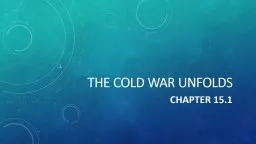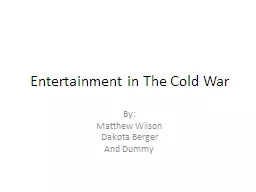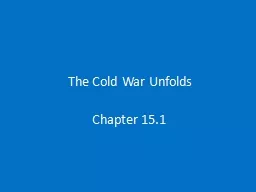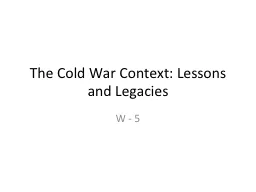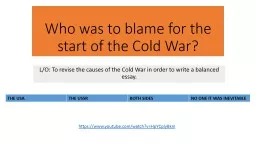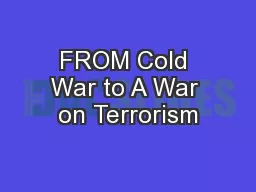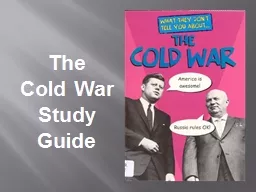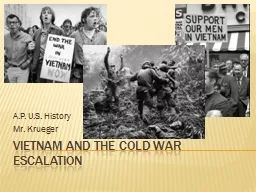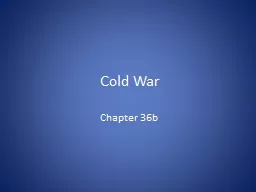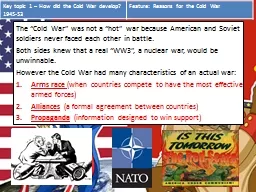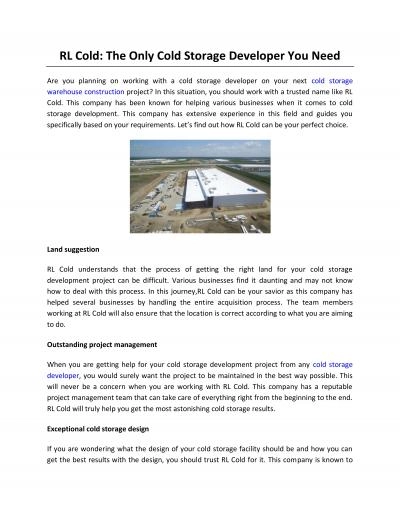PPT-The Cold War Unfolds
Author : danika-pritchard | Published Date : 2016-08-03
Chapter 151 Two sides face off Cold War begins in Europe between the two super powers US and USSR US leads the North Atlantic Treaty Organization NATO in the western
Presentation Embed Code
Download Presentation
Download Presentation The PPT/PDF document "The Cold War Unfolds" is the property of its rightful owner. Permission is granted to download and print the materials on this website for personal, non-commercial use only, and to display it on your personal computer provided you do not modify the materials and that you retain all copyright notices contained in the materials. By downloading content from our website, you accept the terms of this agreement.
The Cold War Unfolds: Transcript
Download Rules Of Document
"The Cold War Unfolds"The content belongs to its owner. You may download and print it for personal use, without modification, and keep all copyright notices. By downloading, you agree to these terms.
Related Documents

